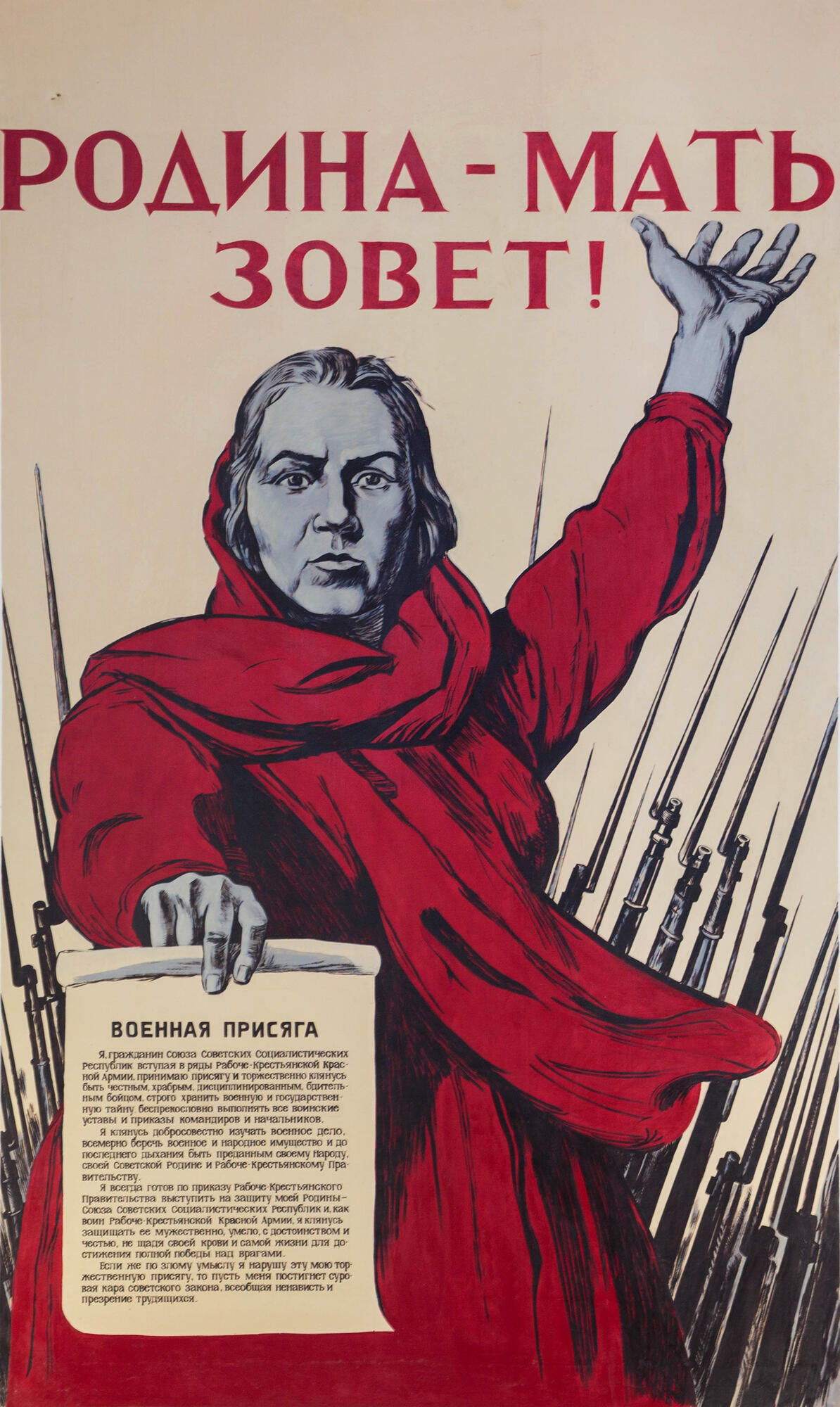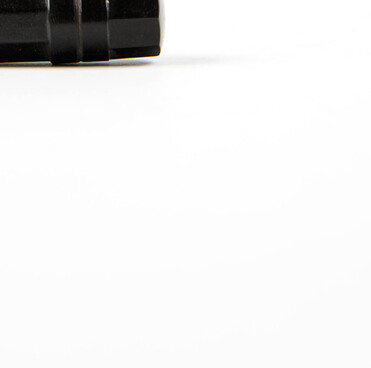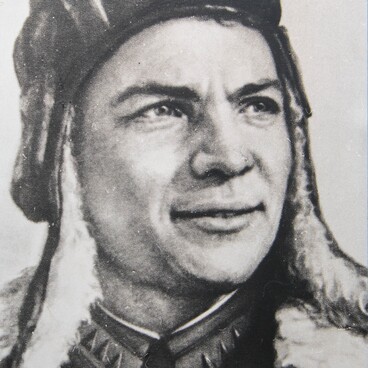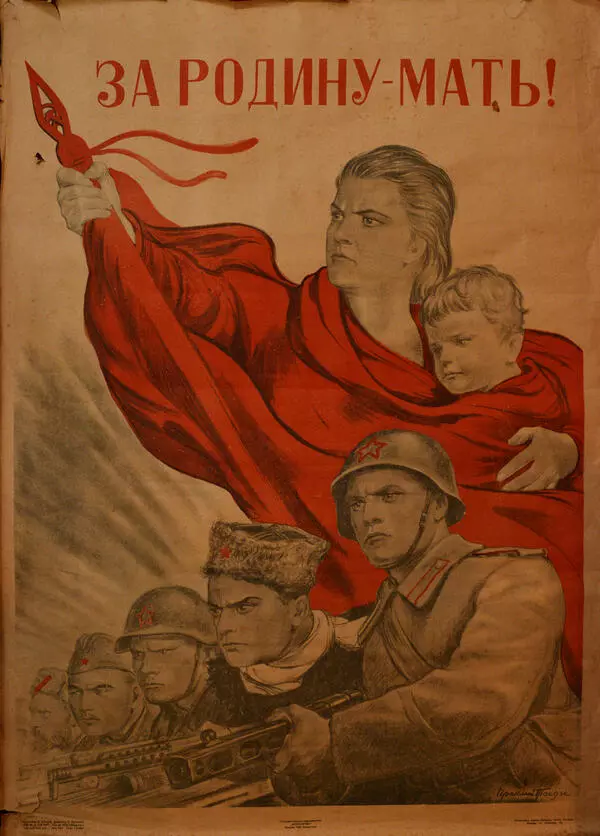Irakli Moiseevich Toidze (1902–1985) was born in Tiflis (now Tbilisi). His father was an artist and teacher, who established a People’s Art Studio at the local academy in 1922.
Irakli Toidze took his first steps in art under the guidance of his father. In his youth, he worked with watercolors, painted portraits of cultural figures, and taught at the People’s Studio. Later Toidze joined the Association of Revolutionary Artists of Georgia — SARMA.
In 1930, Irakli Toidze graduated from the Tbilisi Academy of Arts. Immediately after that, he moved to Moscow, where he became a famous poster artist. In 1934, he created the poster “Imperialists Are Preparing to Wage a New War Against the Soviet Country”, which juxtaposed class unity with racial unity; in 1935, another poster was released — “Long Live the Soviet Union — the Spring of Humanity!” — with a young couple against the background of a city.
In 1936, Irakli Toidze created two posters: “Long Live the Friendship and Brotherly Union of the Peoples of the USSR!” and “Under the Banner of Lenin, Under the Leadership of Stalin, Forward to the Victory of Communism!” In 1937, he made a number of illustrations for Shota Rustaveli’s poem “The Knight in the Panther’s Skin”. For this work, he later received the Stalin Prize of the 2nd degree.
During the Great Patriotic War, in 1941, Irakli Toidze created one of his most famous works — the poster “The Motherland Calls!”. It was immediately released with a large initial print run. In it, Toidze sought to create a generalized image of a mother who calls on her sons to resist the invaders.
The artist made sketches for the poster in the first days of the war. The attack of Nazi Germany on the Soviet Union was announced on all radio channels of the USSR, and every citizen of the country heard about this news. After the announcement of the Soviet Information Bureau, the artist’s wife Tamara Fyodorovna ran into his studio and screamed only one word: “War!” The shocked Toidze asked her to freeze in place and completed the first sketches.
In the
right hand, the Motherland holds the military oath of allegiance: it was
mandatory to take the oath before being sent to the front. Behind the woman,
the artist depicted a plethora of bayonets, which symbolized the powerful force
behind the entire country.




